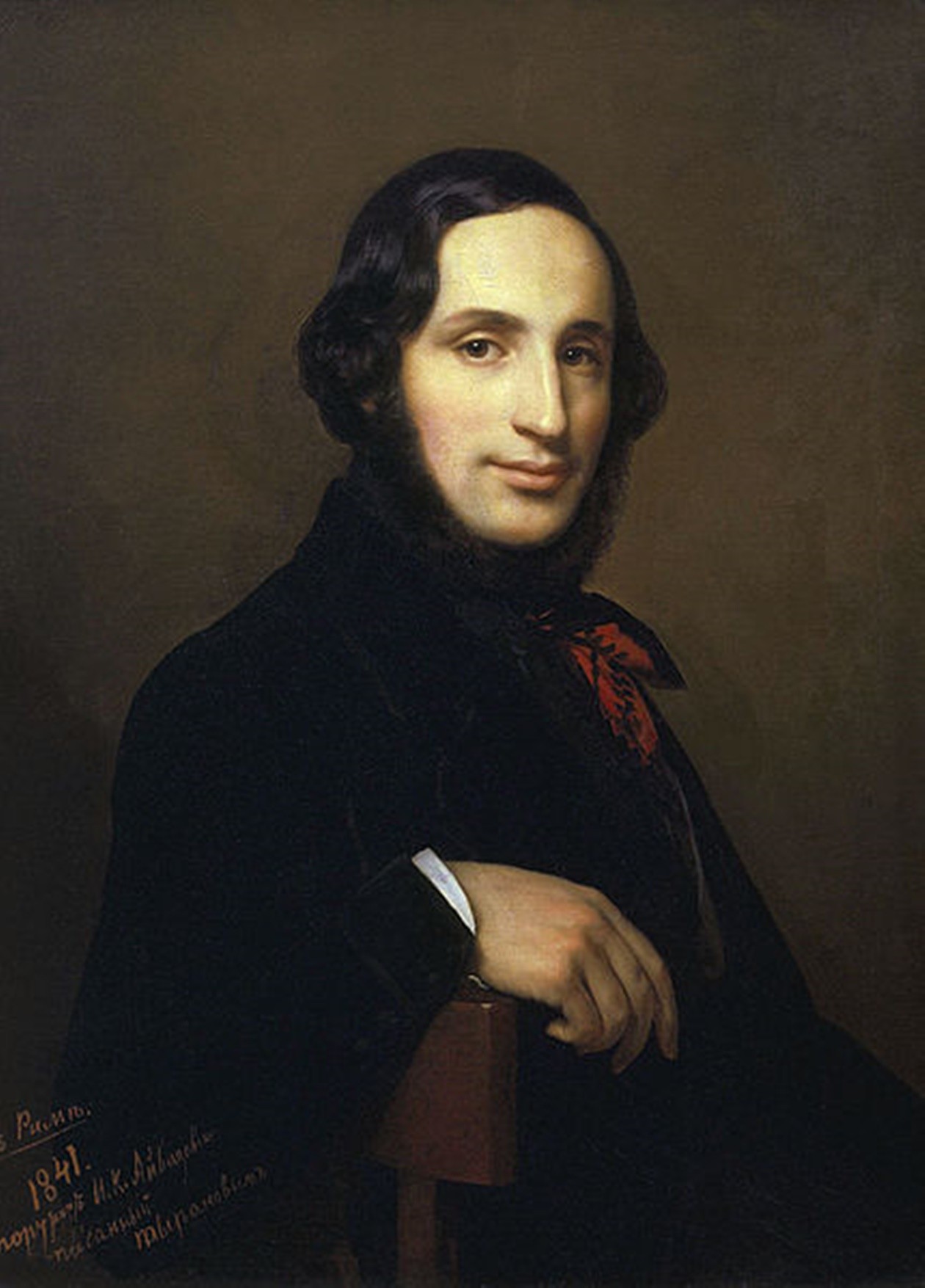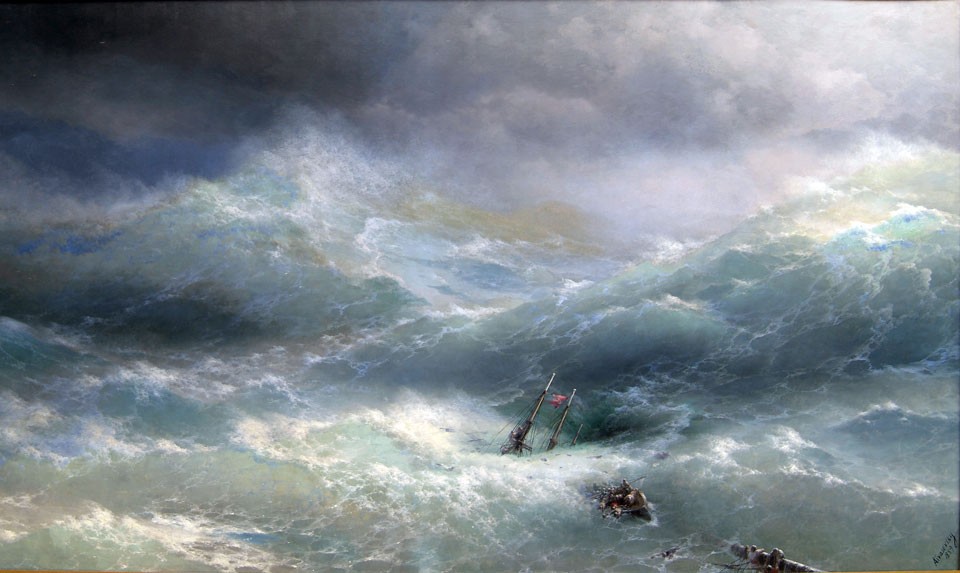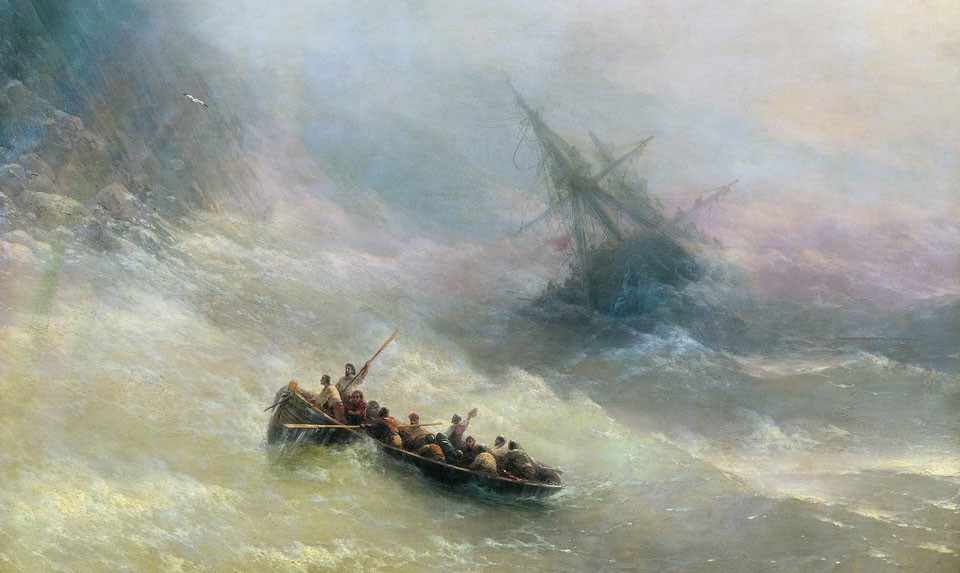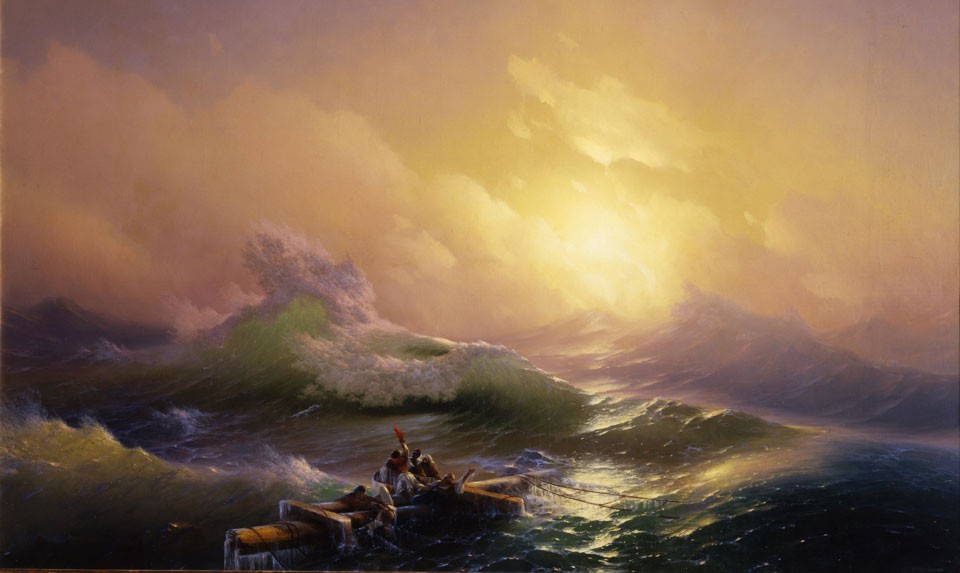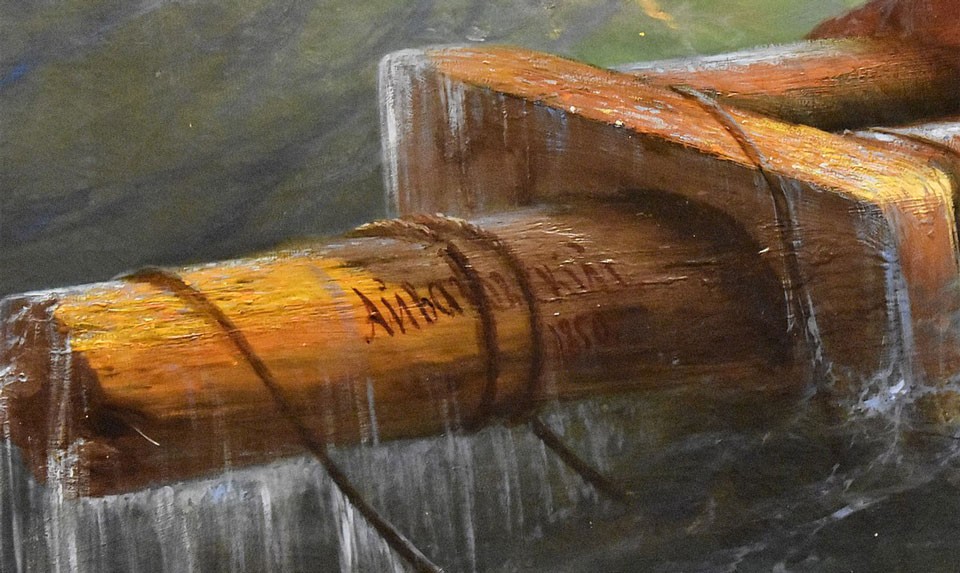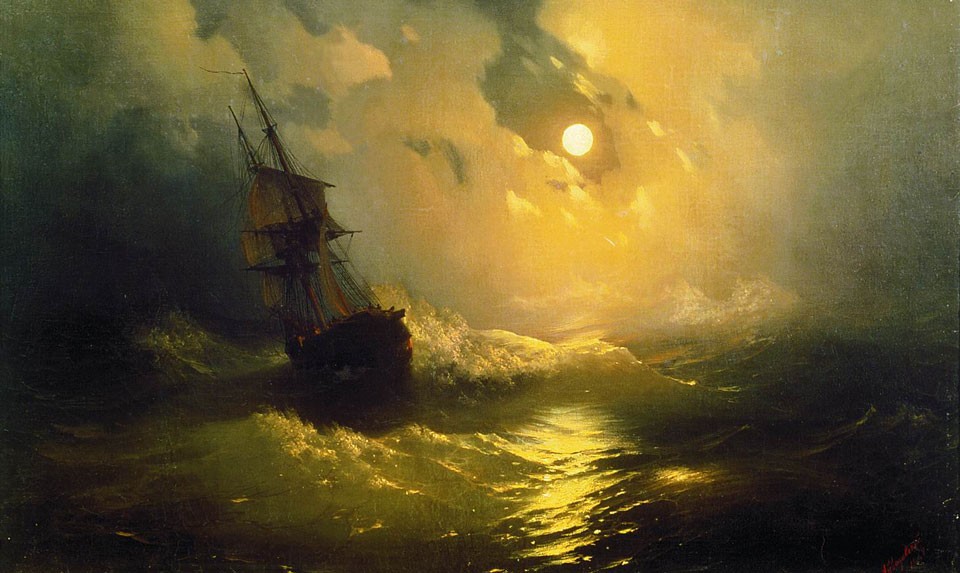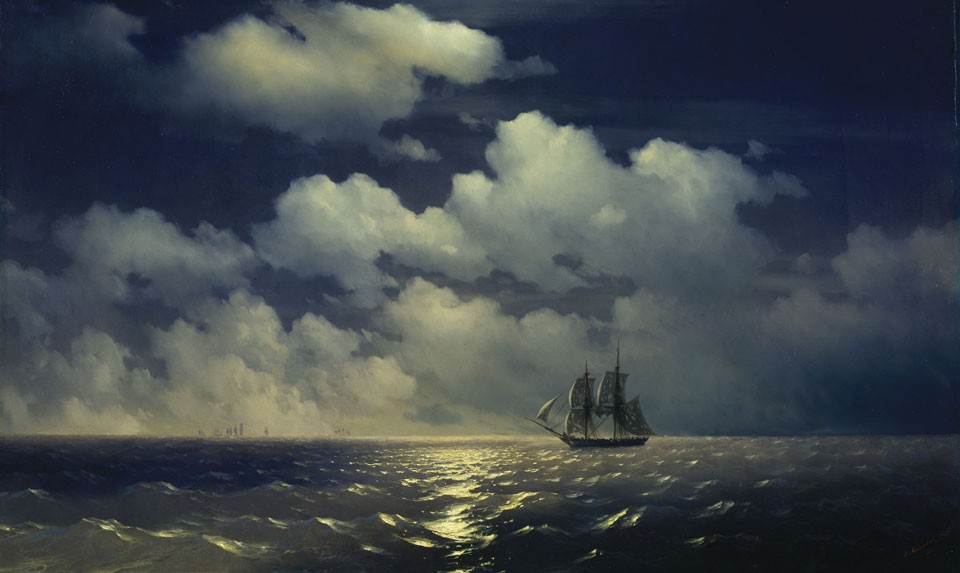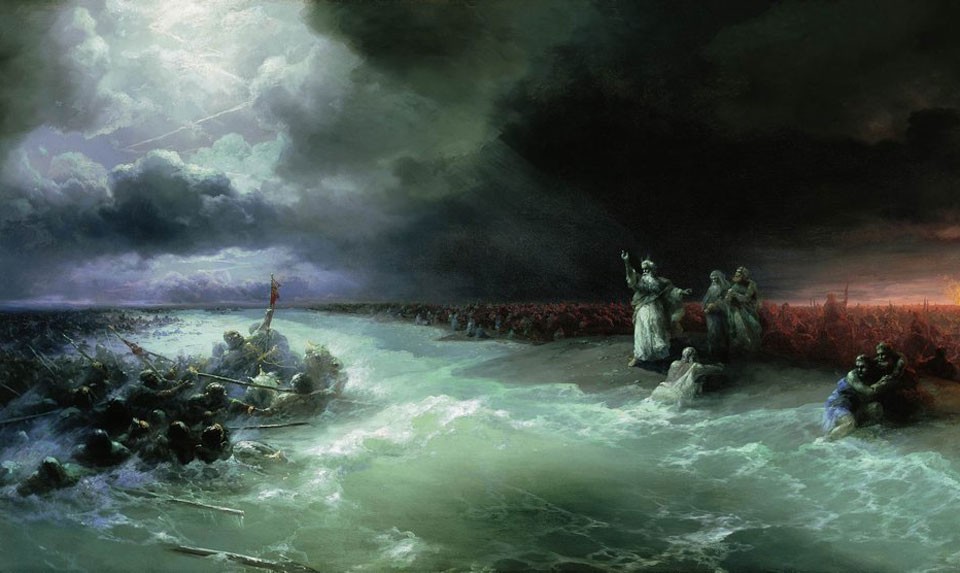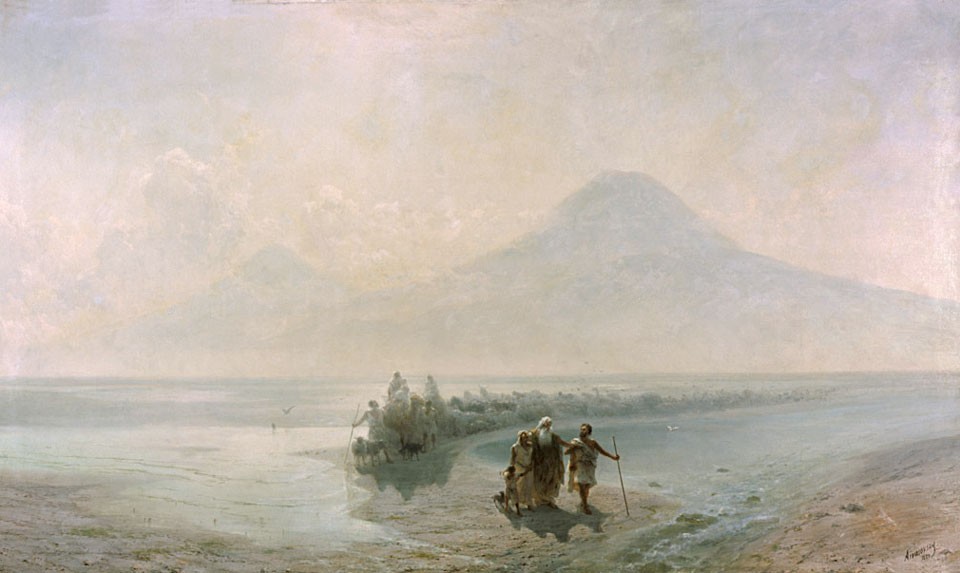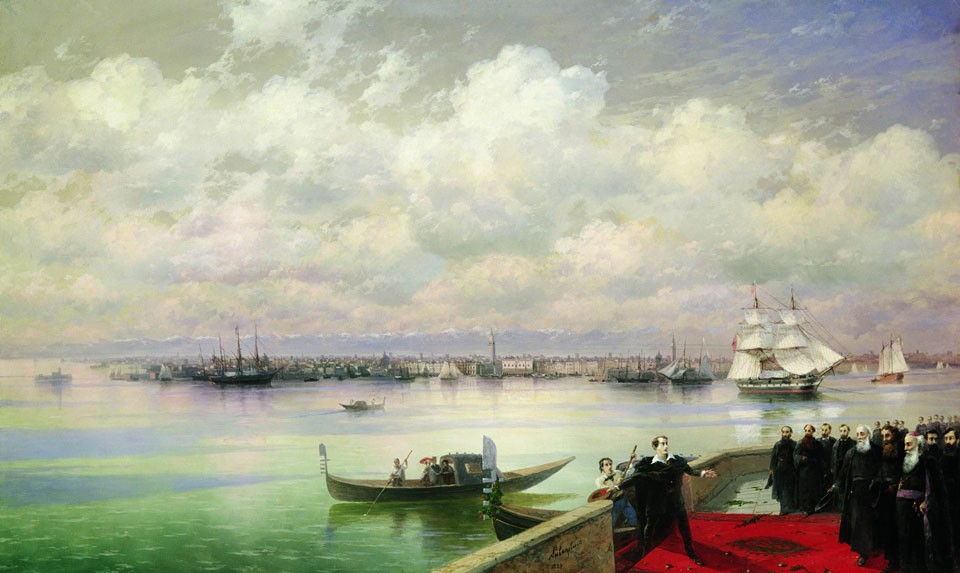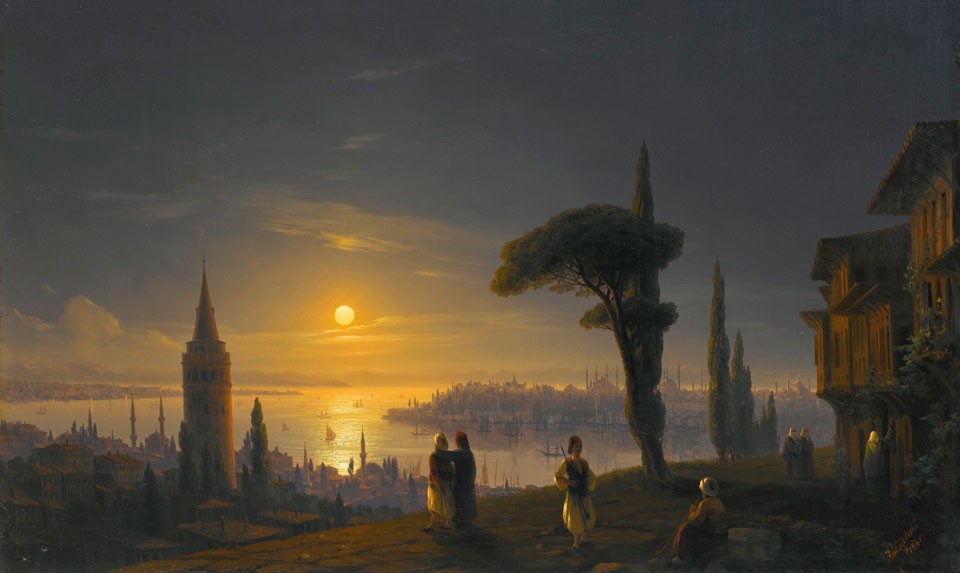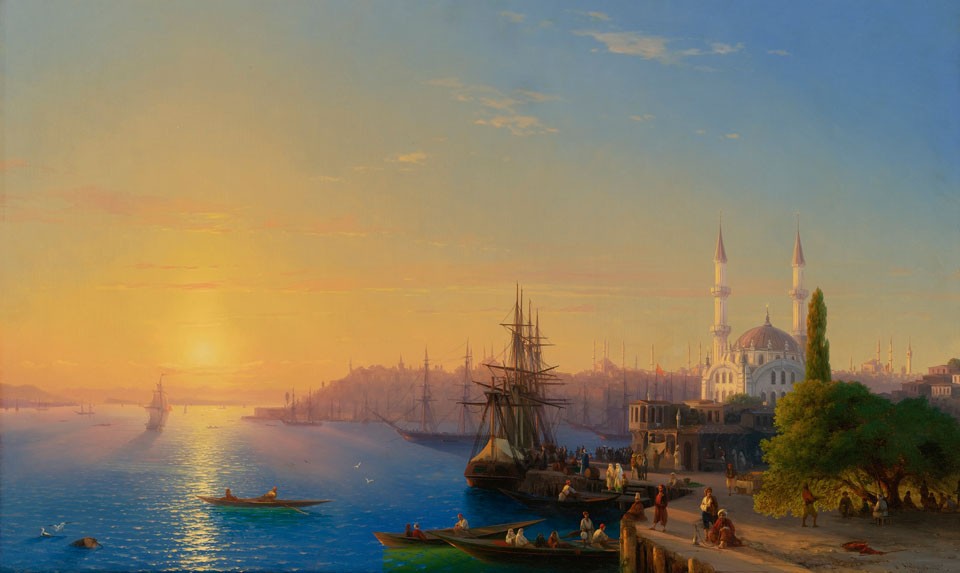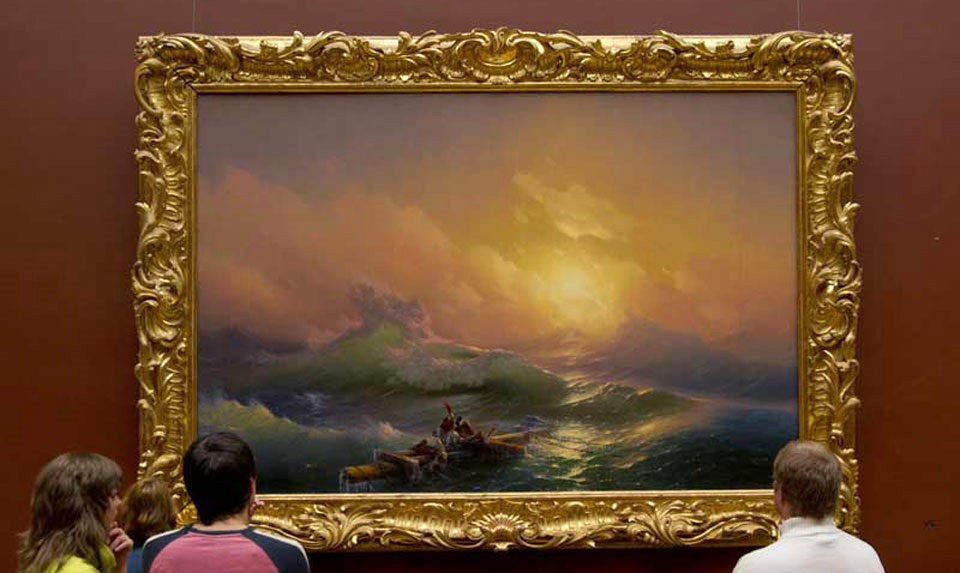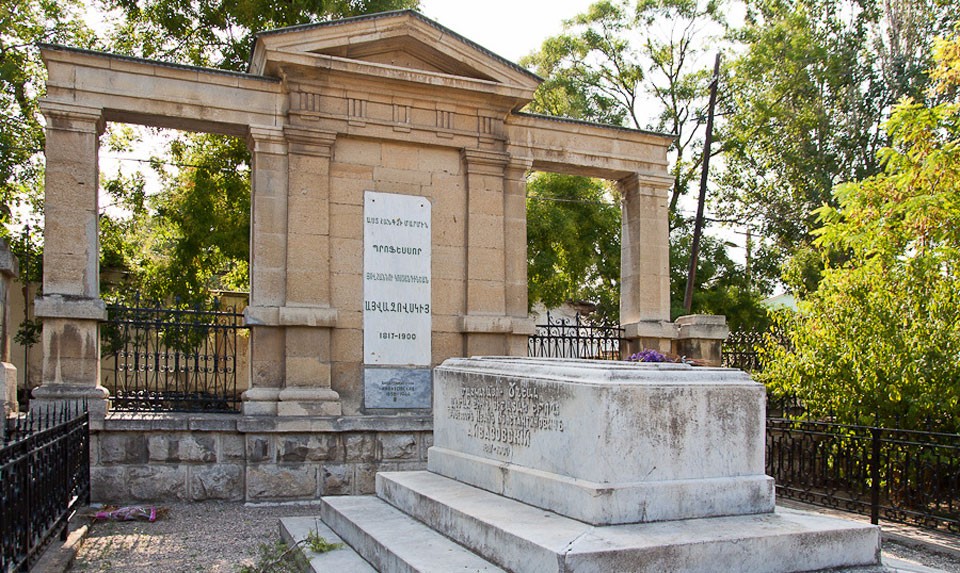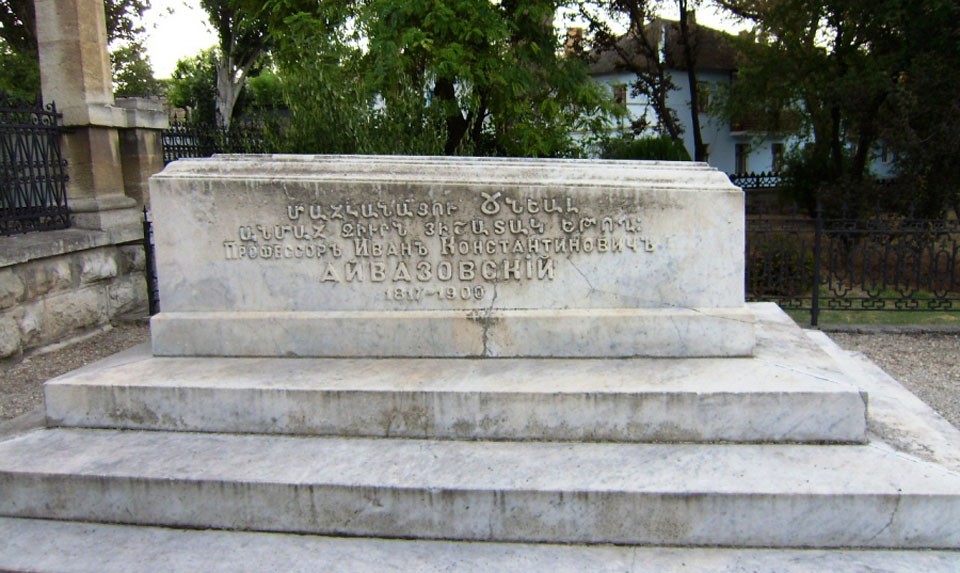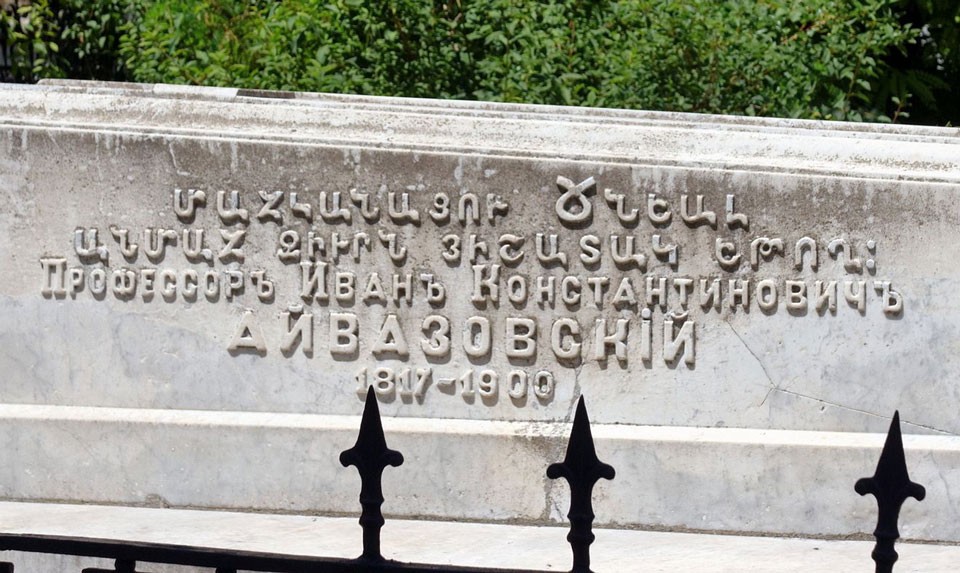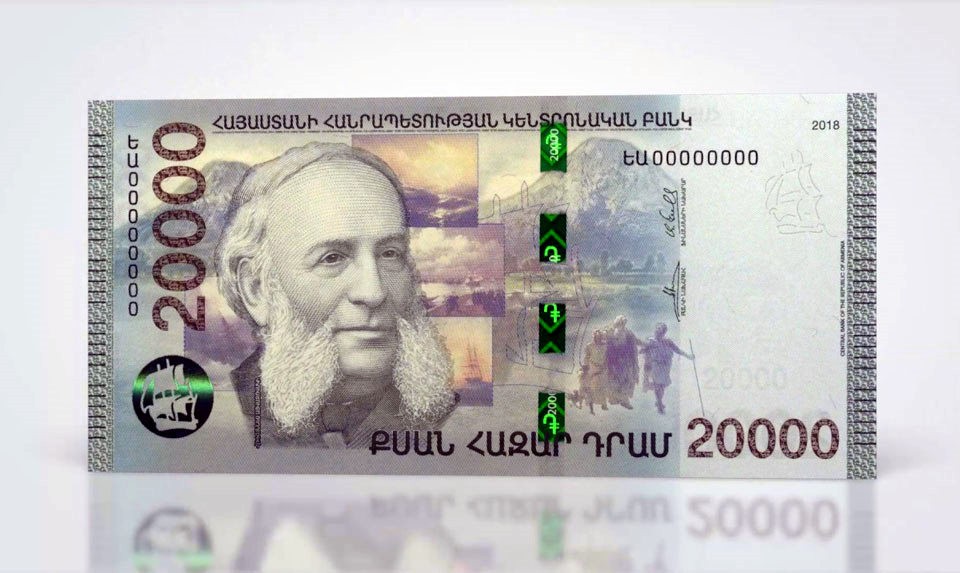Ivan Aivazovsky - An Outstanding Armenian Painter Of The 19th Century
Ivan Konstantinovich Aivazovsky (Hovhannes Gevorkovich Aivazyan, 1817-1900) - is an outstanding Armenian painter of the 19th century, who is considered one of the greatest marine painters of all time. A recipient of the French Order of the Legion of Honor, and the brother of the Armenian historian and Archbishop of the Armenian Apostolic Church Gabriel Aivazovsky.
Aivazovsky was a Painter of the General Naval Staff, active Privy Councilor, academician and honorary member of the Imperial Academy of Arts, honorary member of the Academies of Arts in Amsterdam, Rome, Paris, Florence and Stuttgart. The painter was awarded many orders and received the rank of real privy councilor, which corresponded to the rank of admiral. In 1864 he was granted hereditary nobility.
Hovhannes Aivazyan was born on July 17, 1817 in the Armenian family of merchant Gevork (Konstantin) and Hripsime Aivazyan in the city of Feodosia of Russian Empire. The priest of the Armenian church of St. Sarkis in the city of Feodosia made a record of the birth of “Hovhannes, the son of Gevork Aivazyan.”
Aivazovsky's ancestors were Armenians who moved to Galicia from Western Armenia in the 18th century. It is known that the painters’ grandfather's name was Grigor and his grandmother’s name was Ashkhen. The painters's father Konstantin (Gevork) Grigorovich Aivazovsky, adopted his surname as “Gayvazovsky”, a Polonized form of the Armenian surname “Aivazyan”.
After moving to Feodosia, Konstantin married a local Armenian girl Hripsime, and from this marriage three daughters and two sons were born - Hovhannes (Ivan) and Sargis (later he became a monk and took the name Gabriel in monasticism).
Since his childhood, Hovhannes exibited artistic abilities, and Feodosian architect Yakov Khristianovich Kokh, who was the first to pay attention to the artistic abilities of the boy, gave him the first lessons in drawing and painting. Later, the painter Johann-Ludwig Gross gave him a recommendation to the Imperial Academy of Arts, and Aivazovsky was admitted to the Imperial Academy of Arts of St. Petersburg at public expense.
After studying for only a few months, in September 1837 Aivazovsky received the Big Gold Medal for the painting “Calm”. In view of Aivazovsky's special success in learning, an unusual decision was made for the Academy - to release Aivazovsky from the Academy two years ahead of schedule and send him to the Crimea for these two years for independent work, and after that - on a business trip abroad for six years.
In July 1840, Aivazovsky went to Rome. On the way, he stopped in Venice and Florence. In Venice, Ivan Konstantinovich met famous Russian writer Gogol, and also visited the Armenian island of St. Lazarus, where, after many years of separation, he met his brother Gabriel, who lived in a monastery on the island.
A painting on the theme of the creation of the world called “Chaos” was bought by Pope Gregory XVI, who also awarded Aivazovsky a Gold Medal. For his paintings, he also received a Gold Medal from the Paris Academy of Arts, by then, the success and European fame came to him.
At the beginning of 1842, Aivazovsky traveled through Switzerland and the Rhine Valley to Holland, from there he sailed to England, and later visited Paris, Portugal and Spain. In the autumn of 1844, at the age of 27, the artist returned to Russia.
In October 1844, Aivazovsky became a Painter of the Main Naval Staff of Russia with the right to wear a naval uniform, and from 1847 - a professor at the St. Petersburg Academy of Arts, as well as the honorary member in the European art academies of Amsterdam, Rome, Paris, Florence and Stuttgart.
In 1848 Aivazovsky married. His first wife was the Englishwoman Yulia Yakovlevna Grevs, the daughter of a doctor who served in the Russian armed forces with the rank of staff doctor. They had four daughters: Elena, Maria, Alexandra and Zhanna. Several of Aivazovsky's grandchildren also became well-known painters. The second wife of Aivazovsky was the Armenian Anna Mkrtichevna Sarkisova-Burnazyan.
In 1857, for an art exhibition in Paris, Aivazovsky created a series of four landscapes "The Wealth of Russia", for which he was the first Russian painter ever to receive the French Order of the Legion of Honor.
Ivan Konstantinovich is famous mainly for his seascapes and battles, but his work was not limited to this. The artist created a series of portraits of the Crimean coastal cities depicted the steppes of Russia, which he observed during his numerous trips from Feodosia to St. Petersburg.
He also painted pictures on biblical and historical themes. Aivazovsky also painted portraits, but, not considering himself an excellent portrait painter, the artist undertook to paint only people close to him.
Aivazovsky traveled extensively throughout his life. The painter traveled to many European countries, repeatedly traveled to Constantinople, and visited the Caucasus and even attended the opening of the Suez Canal in Egypt. In 1892, the painter, at the age of 75, visited the United States of America with his wife, after which he painted the painting “Niagara Falls”.
Aivazovsky was deeply affected by the Hamidian massacres that took place in the Armenian-inhabited areas of the Ottoman Empire between 1894 and 1896. He painted a number of works on the subject such as the “Lonely Ship, Night”, “The Expulsion of the Turkish Ship”, “Tragedy in the Sea of Marmara”, and “The Armenian Massacres at Trebizond”.
He threw the medals given to him by the Ottoman Sultan into the Black Sea and told the Turkish consul in Feodosia: “Tell your bloodthirsty master that I've thrown away all the medals given to me, here are their ribbons, send it to him and if he wants, he can throw them into the seas painted by me.”
Ivan Konstantinovich Aivazovsky died on April 19, 1900 in his hometown of Feodosia at the age of 82. In accordance with his will, Aivazovsky was buried in the courtyard of the Feodosian medieval Armenian church of St. Sarkis.
In 1903, the painter's widow, Anna Burnazyan, installed a tombstone in the form of a sarcophagus made of a single block of white marble on her husband's grave.
On the upper part of the sarcophagus, the words of the 5th century historian Movses Khorenatsi are written in ancient Armenian: “Born mortal, he left an immortal memory behind him” (Մահկանացու ծնեալ անմահ զիւրն յիշատակ եթող).
The Russian inscription beneath reads: “Professor Ivan Konstantinovich Aivazovsky 1817-1900” (Профессоръ Иванъ Константиновичъ АЙВАЗОВСКIЙ 1817-1900).
Anna Mkrtichevna outlived her husband by 44 years and died in Simferopol during the German occupation of the Crimea.
The collection of Aivazovsky’s paintings at the Armenian National Gallery in Yerevan - is the second largest one after those preserved in his hometown of Feodosia in Crimea.
Are you planning to visit the National Gallery? Phoenix Tour will gladly reserve your preferred language guided tour. With that reservation, you can skip the line at the ticket office and avoid the guide availability issue.
Our expert guide will provide you with detailed explanations about all the major artworks on display, allowing you to make the most of your visit.
For more information, please contact us at info@phoenixtour.am
